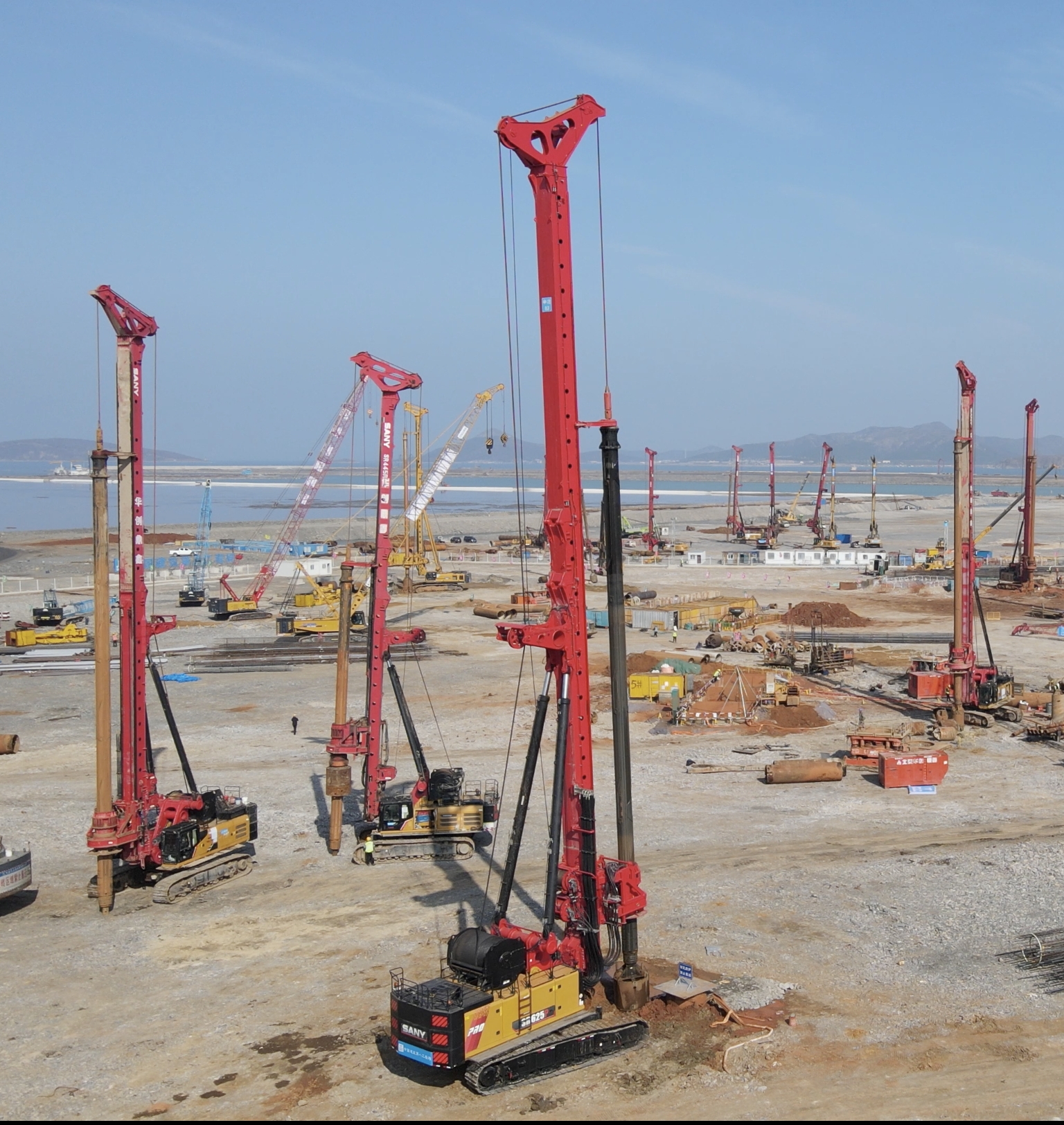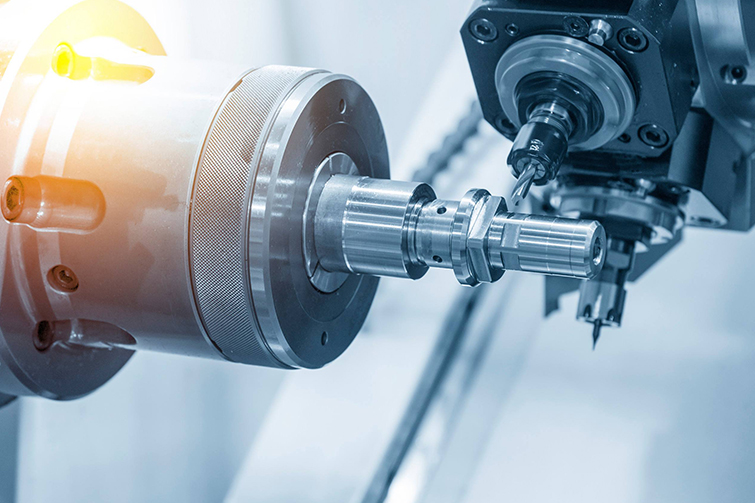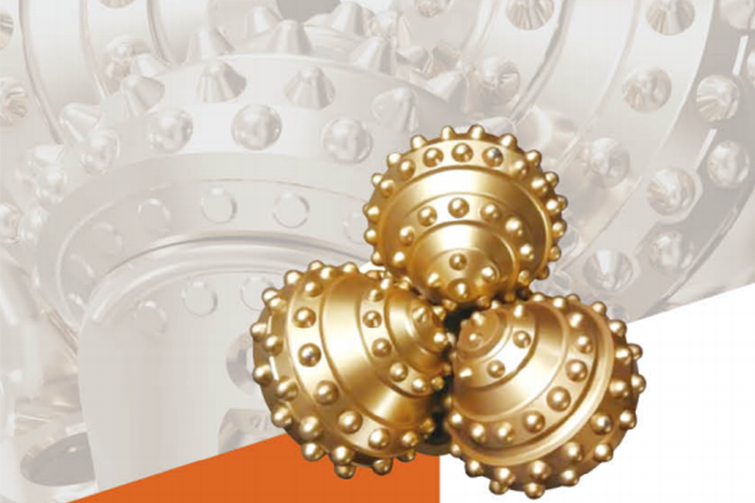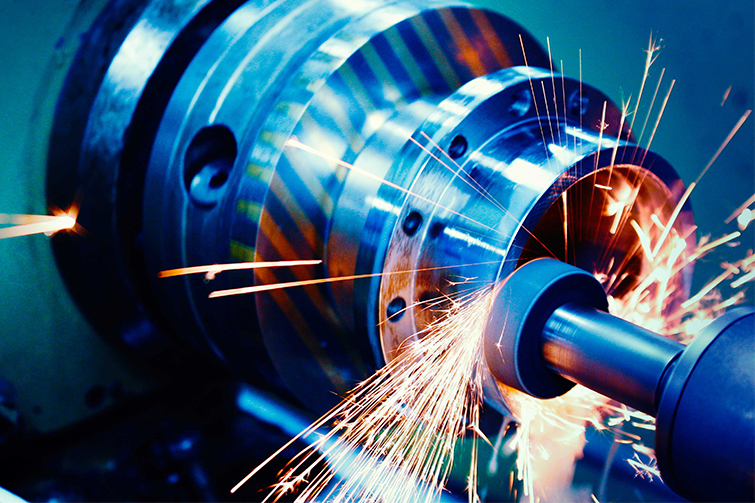

The Evolution and Impact of Construction Machinery in Modern Engineering

Introduction to Construction Machinery
The construction industry has witnessed a remarkable transformation over the past few decades, largely due to the advancements in construction machinery and equipment. These technological innovations have not only improved the efficiency and speed of construction projects but have also enhanced safety and reduced environmental impact.
Types of Construction Equipment
Construction machinery can be broadly categorized into several types, including earthmoving equipment, material handling equipment, construction vehicles, and others. Each type plays a pivotal role in the construction process, from excavation and demolition to material transport and site preparation.
Technological Advancements
Recent years have seen significant technological advancements in construction machinery. Features like GPS tracking, automated controls, and electric-powered engines are becoming standard, offering greater precision, efficiency, and sustainability.
Environmental Impact and Sustainability
The construction industry is increasingly focusing on reducing its environmental footprint. Modern construction equipment is designed to be more fuel-efficient and to emit fewer pollutants, aligning with global sustainability goals.
Future Trends
The future of construction machinery lies in automation and smart technology. With the integration of AI and IoT, construction equipment is expected to become more autonomous, further revolutionizing the industry.
Frequently Asked Questions
What are the most common types of construction machinery?The most common types include excavators, bulldozers, cranes, loaders, and dump trucks, each serving specific functions in construction projects.
How has technology improved construction machinery?Technology has introduced features like automation, GPS tracking, and electric power, enhancing efficiency, safety, and environmental friendliness.
What is the future of construction equipment?The future is geared towards fully automated and smart machinery, with advancements in AI and IoT leading the way.








